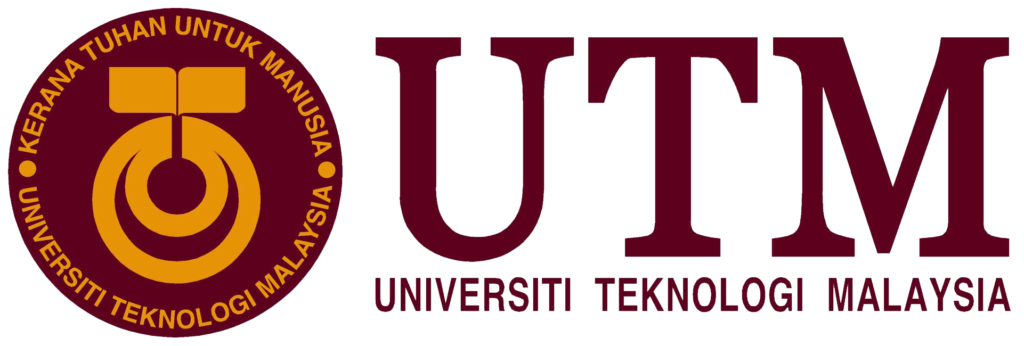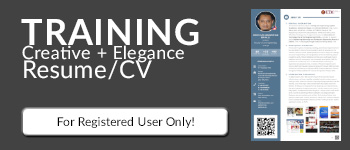This review covers only computerized machines. If you’re interested in mechanical machines less than $300, check out our review of the best sewing machine for beginners. If you have the basics of sewing down—like how to thread a machine, change a bobbin and a needle, and make simple pillows or clothes—you might want to invest in an intermediate-level machine that can help you progress into more complicated projects. Although you can spend thousands on computerized models, a budget of $400 to $900 will get you really handy features, like the machine telling you which stitch and presser foot to use for specific fabrics.
How we picked and tested
We considered machines best for all-purpose use, quilting, travelling and small spaces, and for those that want to take sewing classes and buy from a dealer (dealers will often throw in classes for the cost of a machine).
After looking at our Best Sewing Machine for Beginners guide, we narrowed down machines within a $400 to $600 price range with the features we would want if we weren’t beginners anymore. We were looking for a good selection of useful everyday stitches, like straight, zigzag, buttonhole, and basting (which loosely secures layers together while you work, an alternative to pins).
Harvey Federman, owner of the sewing machine dealership Sew Right, suggested we look for machines with automatic needle threading (which is great if your eyes strain to thread through those impossibly tiny needle holes), easy-to-edit stitch width and length options (and a program mode to save them, if possible), a start/stop button so you don’t have to use the foot pedal, and a needle up/down feature to let you choose where the needle stops when you stop sewing. Every machine on this list has at least three out of these four functions.
We wanted a nice assortment of included presser feet, including ¼-inch seam, zigzag, buttonhole, zipper, darning, and straight stitch. We were also looking for a few included bobbins and some basic cleaning supplies to help maximize the initial investment in the machine. And ideally we wanted safety features, like a machine that beeps or won’t sew if the presser foot is raised—this helps prevent you from sewing over your fingers.
To find machines with as many of these options as possible and then start narrowing them down, we paid close attention to models that were readily available on sites like Amazon and Sewing Machines Plus, a huge online sewing store, and we looked at their user reviews. Then we read thorough reviews from sewing sites and blogs. We reached out to Federman, who sells a range of brands at his dealership, to see what we should be looking for in this price category.
Best for sewing a range of products

We think the Janome DC5100 is a great all-around machine for most intermediate sewing needs. Compared with other computerized machines less than $600, the DC5100 offers more preprogrammed features, better customer service, and you can buy it online or at a dealership, depending on what’s more convenient for you. This machine will do a great job at sewing heavy-duty fabrics like denim or leather, delicate silks, and even medium and large projects like curtains or twin-size quilts. It has most of the features on our wishlist for an intermediate machine.
The DC5100 includes 167 stitches, which covers all the essentials we like to see—straight, zigzag, basting, stretch—plus many decorative stitches for embellishments. Most reviews we came across in our research noted the high quality of the stitching this machine produces. Reviews for machines frequently mention good stitch quality, but across the board reviewers raved about it for the DC5100. It scored a perfect 5.0 on Sewing Insight, a well-known sewing review blog.
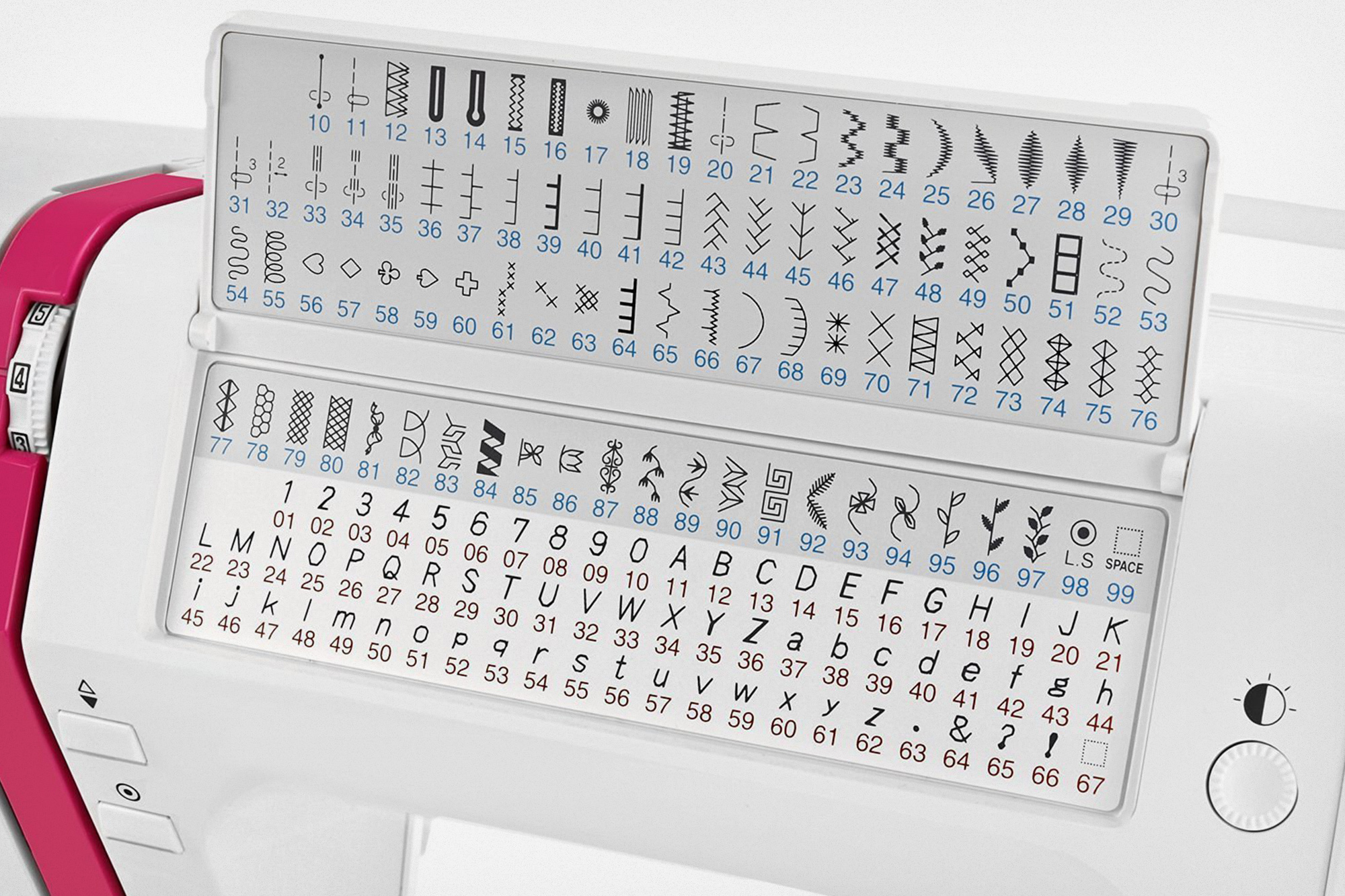
The Janome DC5100 comes with 167 stitches, many of which are decorative. Most people probably won’t use all the stitches, but they’re nice for customizing projects.
This pick has a few drawbacks. It does not have the safety feature that stops the machine from sewing if the presser foot is raised. And Janome’s warranty isn’t as good as that of some other companies on our list. But even with the drawbacks, we have experience with Janome machines and know they’re reliable and built to last.
Good for travel and small sewing spaces
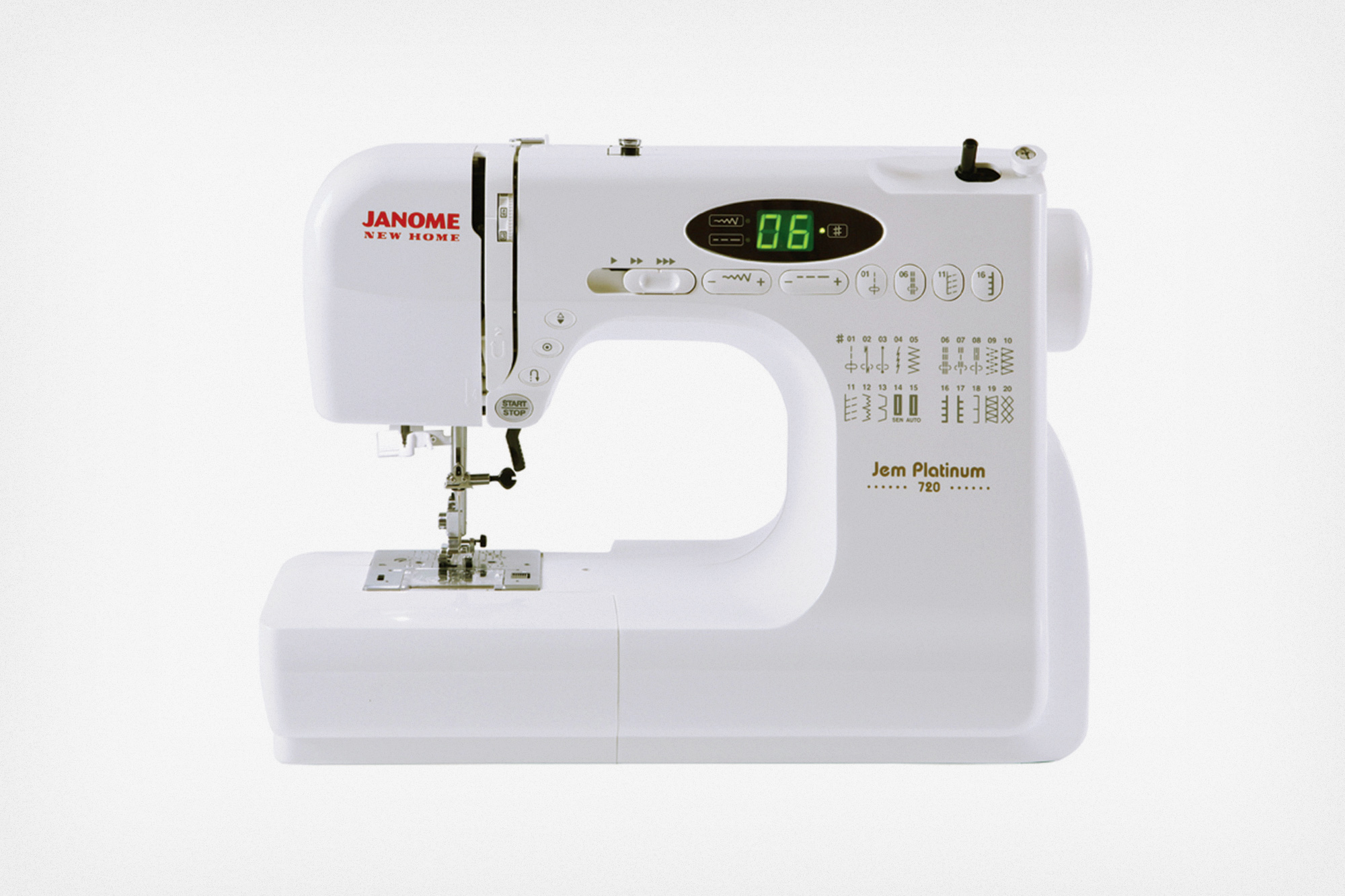
If you need a machine for traveling, or to fit in a small space, Janome makes excellent three-quarter-size sewing machines that are smaller and lighter than standard machines. We looked at several other three-quarter machines, but this Janome gives more features at a better price. The New Home 720 is a standout choice if you want a machine to take with you to sewing classes, on vacation, or even if you want to do light sewing but don’t have the space for a heavy machine to just live out on a table all the time.
This machine comes with automatic needle threading, a start/stop button, and a needle up/down feature. These are all features Federman recommended looking for in a computerized machine.
The New Home 720 weighs only 12 pounds, making it the lightest of our picks (the Janome DC5100, by comparison, weighs 18.7 pounds). The light weight makes this a great machine for travel or if you need to routinely stow your machine away in a closet. But it won’t be as stable as our other picks for sewing bigger projects like bed-sized quilts. A three-quarter-size machine like this will shake or jostle around on your table if you tackle anything heavy duty, like denim or canvas.
Great for quilting and bed-sized blankets
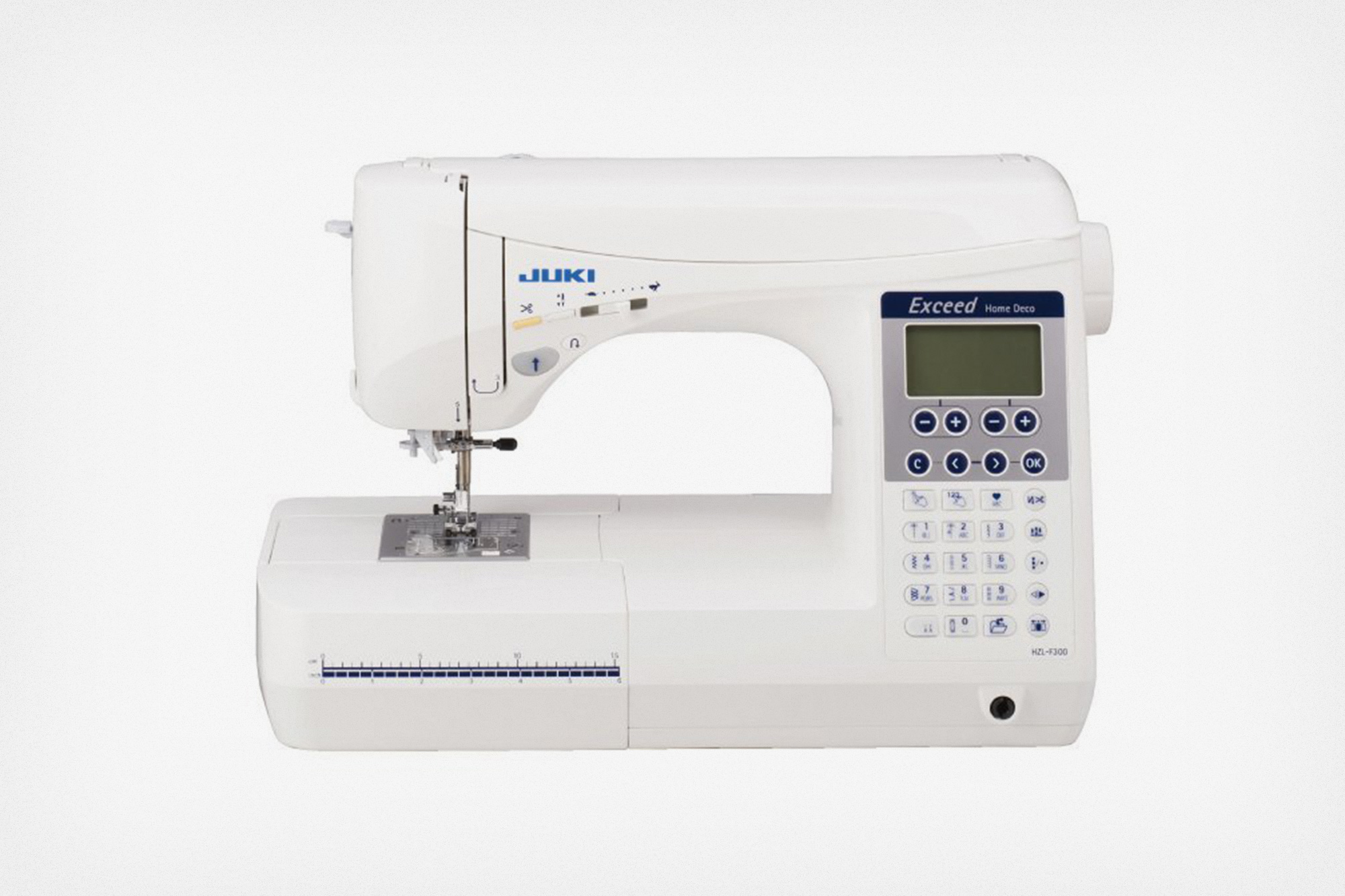
If you’re mostly interested in quilting, we like the Juki HZL-F300. It has a larger work surface than our other picks, which makes it better for sewing bed-sized quilts, and it’s heavy enough that it won’t move around on your sewing table if you’re sewing a large blanket.
The HZL-F300’s work area measures 8 inches wide, 12¼ inches long, and 4½ inches high off of the work surface (the Janome DC5100’s is shorter, narrower, and slightly lower). Overall, the Juki’s dimensions allow you to work on bigger projects, like queen- or even king-size bed quilts. Juki also makes an extension table you can buy to make the HZL-F300’s work surface even bigger, to about 12 inches wide and 19¼ inches long.
At 21 pounds, the Juki weighs more than all of our other picks (except the HV Opal 650), giving it more stability on your work table while you push large or thick projects through. That weight can be essential. Quilts are surprisingly heavy, and if you’re trying to get even stitches, you don’t want your sewing machine to budge and get pushed around by a giant blanket. This machine is specifically designed to stand up to weighty, thick projects.
Moderately priced and higher-end dealer-only machines
If you want the perks of buying from a dealer—like sewing classes, help troubleshooting problems, and annual maintenance—the Pfaff Smarter 260c is our top recommendation for a machine under $600. It has some advanced features, like a simple touchpad to select stitches, that you’d usually find only in higher-end machines. This Pfaff is the newest in the company’s Smarter line, which is basically designed to be the Apple of sewing machines. It’s super simple to use and looks sleek.
For a higher-end dealer machine you can grow into, we like the Husqvarna Viking Opal 650. If you sew a lot, even if you’re still learning, but aren’t used to a computerized machine, you may want to invest a little more on this one. It has lots of extra features that are actually useful for sewers at a wide range of skill levels, like automatic needle threading, a stop/start button, and the needle up/down feature. Plus, it has an outstanding warranty.
Check out our full guide to learn more about how we chose the best moderately priced and higher-end dealer machines.
This guide may have been updated by The Sweethome. To see the current recommendation, please go here.
Note from The Sweethome: When readers choose to buy our independently chosen editorial picks, we may earn affiliate commissions that support our work.
